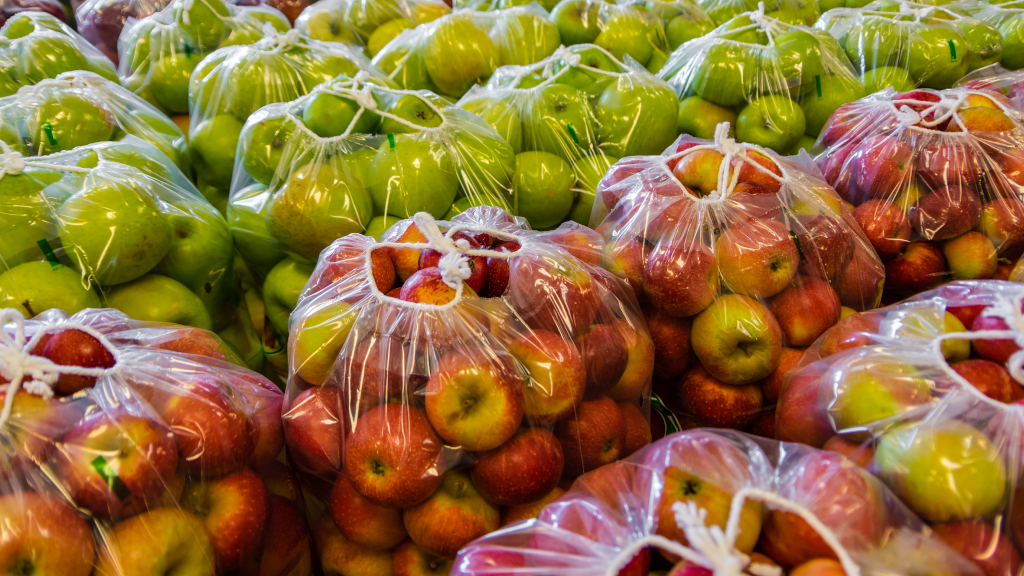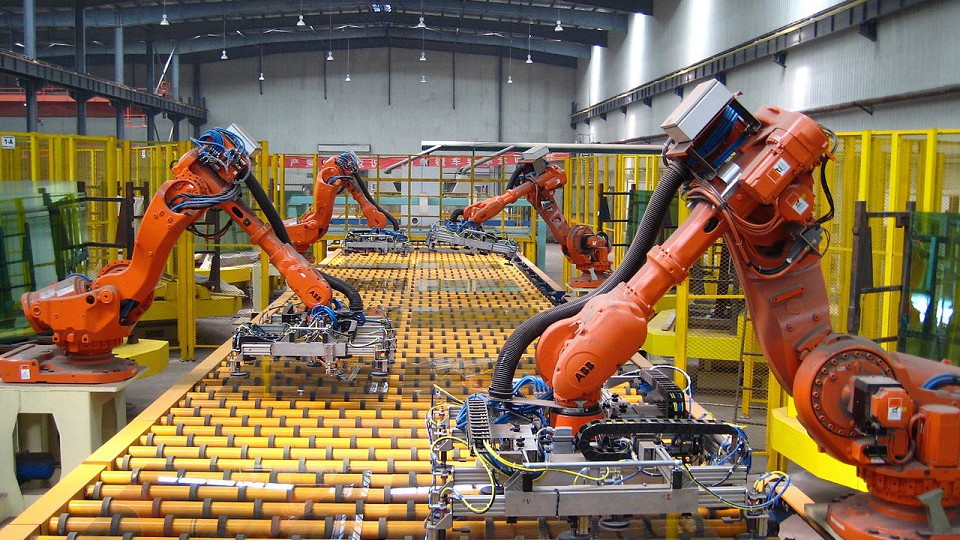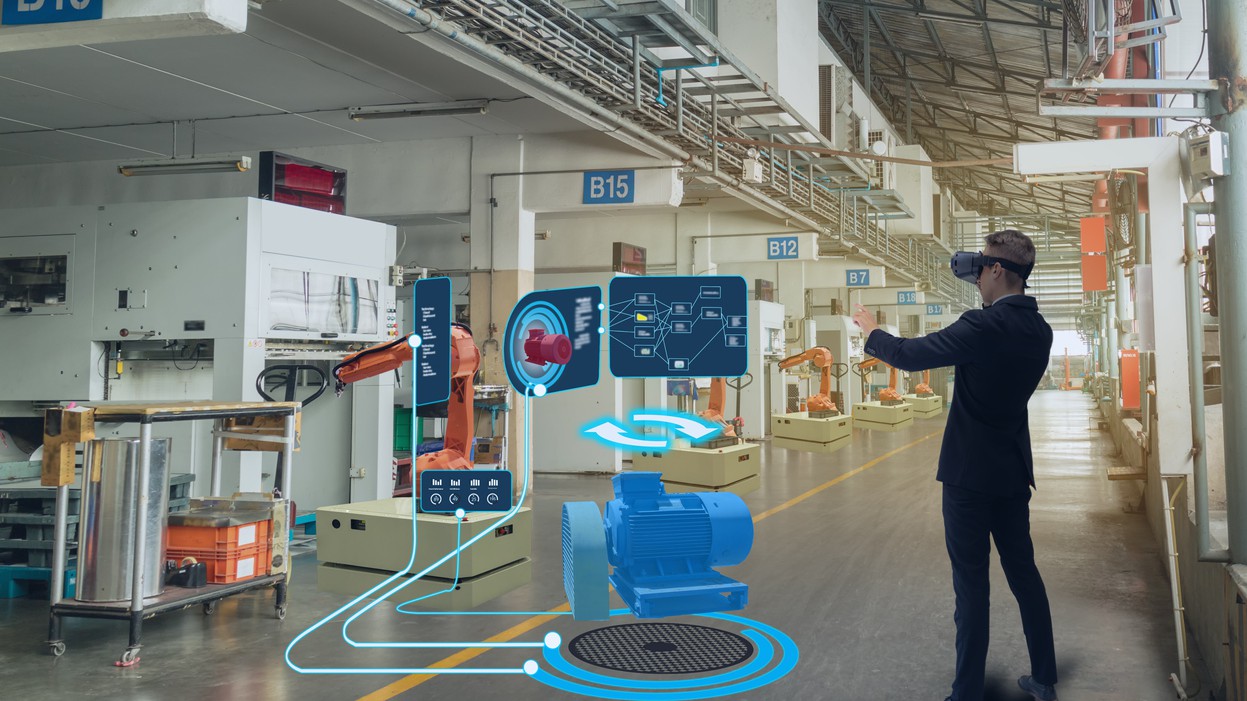According to the “World Population Prospects” report published by the United Nations, Earth may play host to 9.7 billion people by 2050. With hunger already a problem in both developed and undeveloped nations (though at differing levels), how can food production match food needs over the next 30+ years?
Can technology like GPS, drones, industrial tablet PCs, and “Internet of Things” devices help bridge the gap between food production now and food production in the future?
Increasing the Number of Farms Isn’t Enough
Article Guide
Land is already at a premium anywhere with the proper climate and soil for farming, and simply increasing size may not be the best option. Environmental concerns, lack of available land, and water access could all stand in the way of a “more is more” approach.
Instead, farmers will have to increase the yield on their current farms to keep up with global demand.
Reducing Crop Waste
They’ll also have to reduce the waste — as it stands, 150,000 tons of food in the United States is wasted through either spoilage, harvesting mix-ups, transportation errors, or consumer waste. These numbers are even higher in countries with less technology, less infrastructure, and a broken “cold chain” that is unable to keep produce consistently refrigerated for long trips.
While farmers can only claim a portion of the responsibility for wastage, an increase in efficiency at the growing and harvesting level could massively increase effective yield. It will also mean that the water, fertilizer, and time being wasted on crops that end up in the garbage will be better used elsewhere.
Smart farming technologies are perfect for increasing efficiency, yield, and reducing waste.
Agricultural Drones
With farming, as in all things, knowledge is power. The power to increase yield, reduce waste, and in general do more with fewer resources. To this end, gathering data is key.
Using drones for agriculture is one of the many new applications for unmanned vehicles.
For Gathering Information
Agricultural drones analyze soil properties, cataloging data like soil erosion, moisture levels, and nitrogen content, and they do it all from the air and at a far greater speed than a person taking samples on the ground. This reduces time spent gathering this data by hand, and does it far more accurately and with a larger sample size.
With this data, a farmer would know where irrigation is problematic before it becomes a problem, or figure out which area is in desperate need of fertilizer before the crops start to yellow.
Some drones even use infrared sensors to detect how green crops are, detecting signs of unhealthy or diseased crops while there’s still time to do something about them.
For Protecting the Crops
Some drones can even be fitted with sprayers, and are far more accurate than most mass crop dusting methods for distributing pesticide. This accuracy also generally means they use less pesticide, which is good for the budget and for the environment.
The best part is that many of these agricultural drones don’t require special control gear. Instead, a rugged industrial tablet PC or industrial all-in-one computer can be used as a control device, offering up photos, video, and all of the data collected in the drone’s flight.
All of these drone tools really come down to one purpose — keeping crops healthy and alive no matter how large the farm, thus reducing waste and increasing yield.
RFID Tags for Tracking Livestock
“Radio-Frequency Identification,” or “RFID,” is used in industry and hospitals to keep track of inventory, important assets, and (in the case of healthcare applications) even people and their conditions.
Improving Animal Health
Tagging livestock can provide many of the same benefits. A farmer with an RFID equipped industrial tablet can scan the RFID chip on the animal in question and get a full report of activity for that animal.
When was the last time it was vaccinated? Is it time for a check-up? What about cleaning, or milking, or when it’s mating season is? How has its weight changed compared to last year? Compared to the average weight of all other livestock?
You could even use livestock tags to track pregnancy and general population growth. Traits and genetic markers (both positive and negative) could be tracked through livestock “family lines,” providing more info about what to expect with each individual animal. This could be especially useful when animal husbandry is actually part of your business, like horse breeding.
Sick animals can be identified and separated according to their needs, and thus easily identified by their ID tag. Their treatment could also be logged alongside their ID, so a quick scan can tell a vet exactly what’s been done (and what still needs to be done). Even medication frequency, and a log of medication use, could be slapped right alongside all of the other data on the animal.
Healthier Animals Means Higher Production
While all this could certainly be documented in the past, being able to just hold up an industrial tablet to the cow or horse and find out everything about them in seconds is a far more efficient and user-friendly method.
With this level of care and health monitoring, livestock are more likely to live longer, be healthier, and produce more. And since food production is going to have to step it up to meet demand, RFID tags could have a long-lasting effect on yield in the meat, egg, and dairy industries.
Smart Farming with the Internet of Things
Drones can be expensive, so when looking for smart farming solutions there are plenty of small, connected devices that can perform similar operations.
Soil Sensors
Soil sensors can be placed in strategic locations around the farm and can feed regular updates on H2O and nitrogen content right to a device like an industrial tablet PC. The data won’t be quite as detailed as aerial drone data, but it’ll still give a great picture of the soil composition without breaking the bank.
This data can reduce resource consumption — why water an area that’s already plenty moist? Or, on the flipside, maybe a section that isn’t scheduled for watering is unseasonably dry. Having that data at your fingertips could save an entire field of crops that might have otherwise died.
Weather Stations
Weather sensors and weather stations can be placed around the fields, providing up-to-the-second data on wind speed, wind direction, temperature, and humidity. Connected sensors, like the soil sensors above, can beam the information right to the farmer’s tablet or anywhere they’ve mounted a touch panel PC for other farm operations.
Having an accurate picture of the current weather could improve pesticide spraying operations, crop watering, and a hundred other processes.
Over the long term, the weather data can be collected and used to predict future trends, as well as to help calculate why certain years may have had different crop yields.
This kind of information can even be shared with other farmers, creating a fully connected community.
Feeding the Future
Sustainable farming practices and smart farming technology could provide for the additional 2 or 3 billion people coming our way without even digging up another plot of land.
To learn more about how industrial tablet PCs and the internet of things can improve smart farming, contact Cybernet today.
Stopping Food Waste at the Industrial Scale
April 30, 2019
With a soaring population and only a limited amount of space to expand for the growth of food production, providing enough food for the entire population may hinge on our ability to eliminate food waste. Even worse,…
0 Comments8 Minutes
Industrial Computers Are Revolutionizing Smart Factories
August 9, 2018
A revolution is underway in the industrial sector. Smart factories – automated facilities aimed at eliminating human error – are replacing their more traditional counterparts and expanding rapidly in the process. A…
0 Comments8 Minutes
Smart Factories and Their Use of Industrial Computers
March 9, 2021
With the advent of Industry 4.0, traditional factories are becoming obsolete. Though factories are no stranger to automation, advancements in industrial computers, artificial intelligence, IoT (Internet of Things),…
0 Comments11 Minutes
You Can't
Learn from a Pop-up
But we can deliver knowledge to your inbox!
We dive deep in the industry looking for new trends, technology, news, and updates. We're happy to share them with you.
Knowledge, News, and Industry Updates Right in Your Inbox





